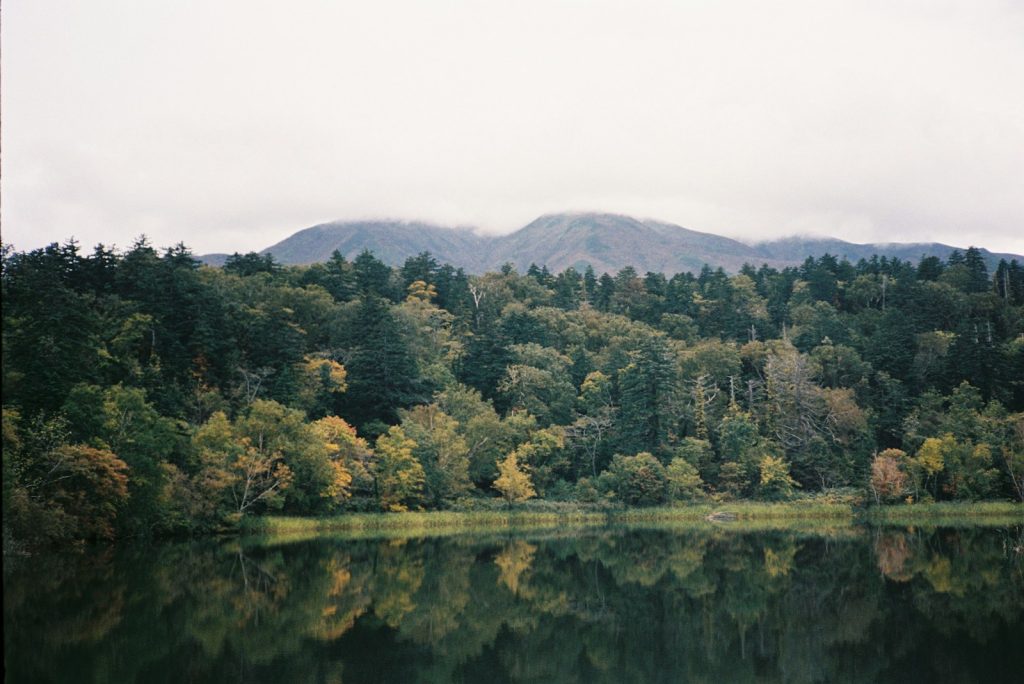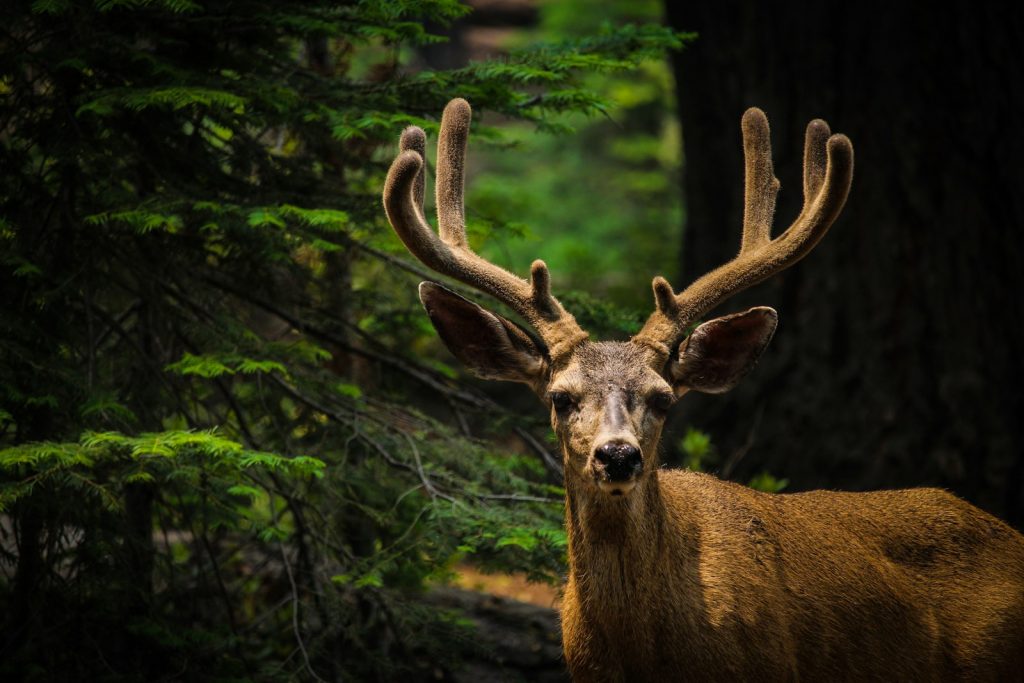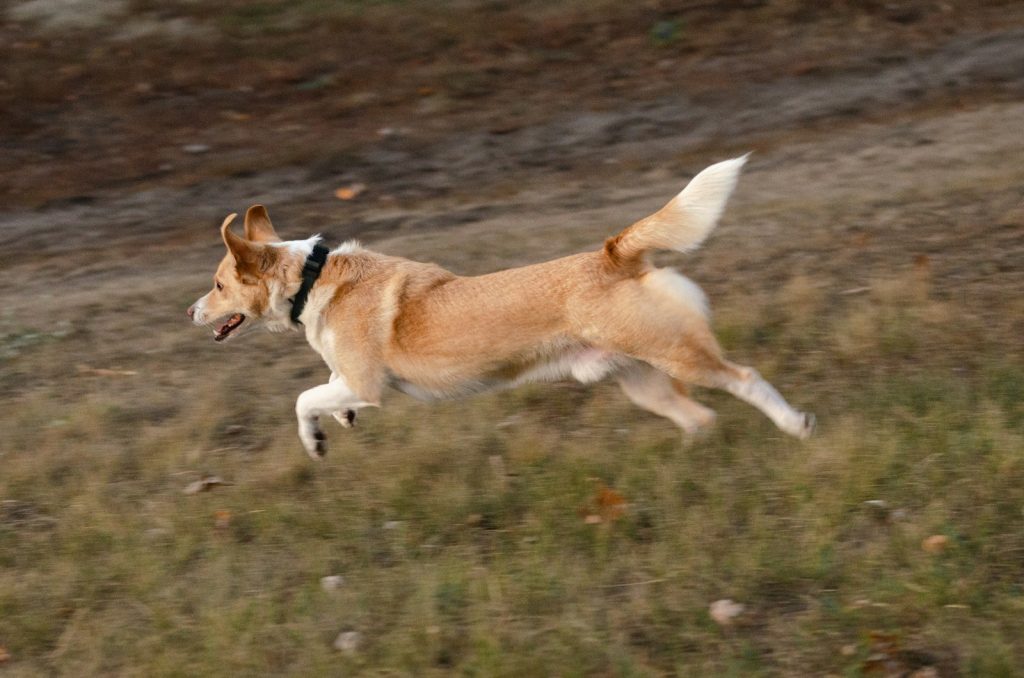Your Land is Part of the Solution
You don’t need to own a thousand acres of forest to be a powerful force for wildlife conservation. The truth is, the future of Washington’s wild animals depends on a patchwork quilt of protected spaces, and that quilt starts right where you are—in your own backyard, on your rural parcel, or even on your apartment balcony.
Every piece of land, big or small, has the potential to be a sanctuary, a stepping stone, and a source of life. This post is a practical guide to transforming your little corner of the world into a haven, integrating our love for nature into the very structure of our lives and landscapes.
The Four Pillars of a Wildlife-Friendly Space
When designing for wildlife, we follow a simple, ethical framework:
- Plant the Right Menu (Food & Shelter): Our native wildlife evolved to eat our native plants. A yard full of exotic ornamentals is essentially a food desert. Plant local shrubs (like salmonberry or elderberry), native flowers, and trees to provide both food (berries, nectar, seeds) and necessary shelter (nesting sites, cover from predators).
- Provide Clean Water: This is essential for all life, especially during dry Washington summers. A simple, fresh bird bath or a small, self-contained water feature can provide a crucial drinking and bathing spot.
- Build a Network (Connectivity): Wildlife needs to move. If your yard is surrounded by concrete and fences, your habitat is isolated. Can you strategically plant to provide a “green corridor” that connects your space to a nearby park or natural area? Even small gaps can make a huge difference.
- Do No Harm (Reduce Toxins): This is perhaps the most important pillar. Stop using pesticides, herbicides, and chemical fertilizers. These poisons disrupt the food web at its base, killing the insects that birds and other animals rely on for food. A few weeds are a small price to pay for a healthy, living ecosystem.
Action Plans: Projects for Every Piece of Land
- Your Urban Yard: Focus on the edges. Replace a patch of lawn with a dense grouping of native ground cover and shrubs. Leave some leaf litter over winter—it’s crucial overwintering habitat for beneficial insects.
- The Small Rural Property: Commit to streamlining your mowing. Cut back to only the necessary areas and allow the rest of your field margins or fence lines to grow naturally. This creates instant cover and foraging space. If you have a water feature, plant a small riparian buffer (see Post 3!).
- The Large Landowner: Focus on habitat complexity. Retain dead standing trees (snags) for cavity nesters and create brush piles for small mammals. If you have woods, manage them for diverse age and height, as outlined in Post 2.
Planning for a Climate-Resilient Future
As our climate shifts, our commitment to wildlife must evolve. When choosing species to plant, think about future resilience. Will this plant thrive in slightly warmer or drier conditions? By favoring species that are locally adapted and diverse, you are building a landscape that can weather environmental changes.
Make Your Place Wildlife Central
Conservation is not just a government or non-profit effort; it is a personal commitment. By applying simple, ethical principles to your own land, you are creating a beautiful, functional piece of the solution. Every native flower, every dropped log, and every decision to put down the chemicals is a powerful act of protection. Start today—your sanctuary awaits.


